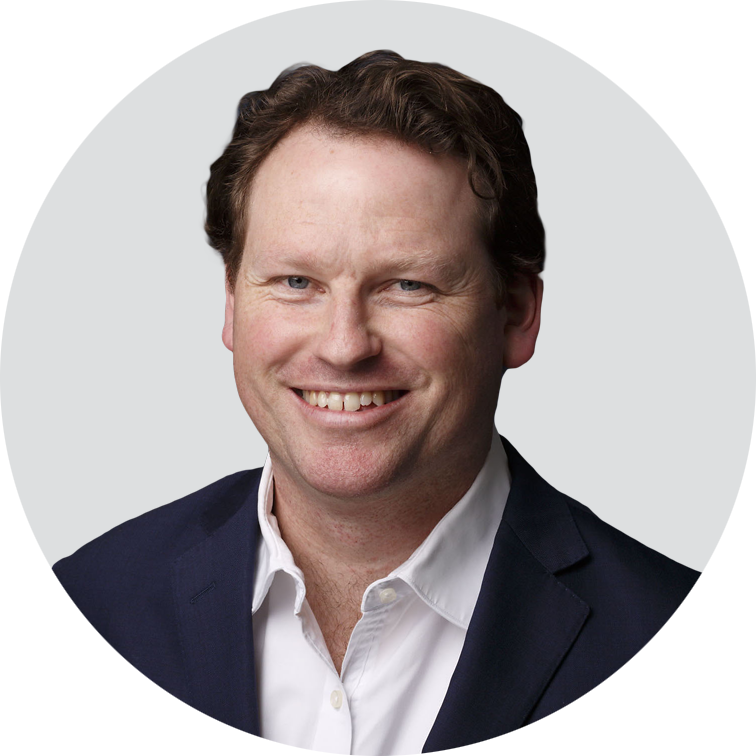The Salt Fat Acid Heat Portfolio
Samin Norsat is obsessed with food and flavours. In travelling, cooking and tasting her way around the world she finds that flavour and good cooking come down to four fundamental elements which make food delicious: salt, fat, acid and heat. You may have watched her Netflix series or seen a copy of her best-selling cookbook simply named after these four elements.
Just as Samin discovered with cooking, when it comes to investing there are also basic universal principles that hold true. If InvestSMART were to get a Netflix special and use the same naming approach, it would be called 'Diversification Passive Fees Time'. Admittedly, not as catchy.
These core principles of investing are irrefutable and when whisked together in the right proportions, combine to create a recipe passed down to many investors before.
Diversification
Professor and Nobel Prize winning economist Harry Markowitz made diversification cool. In the 1950’s he developed Modern Portfolio Theory which is widely used by investors and advisors to this day. In short, Markowitz discovered that it was the composition of one's investment portfolio and not the actions of an individual investment that determined its success.
Through diversification, Markowitz proved an investor could lower the overall risk of their portfolio whilst still achieving satisfactory returns. These are the principles we employ here at InvestSMART. Through the design and management of diversified portfolios in line with specific risk profiles. These risk profiles align with a time frame, which is crucial to an investor's success. More on this later.
Passive
A passive investment strategy is one where you choose not to pick individual stocks to invest in. You choose to invest in a collection of them. In the purest sense of the term, passive investing is index investing. You invest in an index such as the S&P/ASX 200, whereby you invest in the largest 200 Australian companies. We take this approach with our portfolios. Each asset class is represented by an index, and we use exchange traded funds (ETFs) to do it.
Why? Studies are conducted every year that show fund managers who actively manage portfolios are far more likely to underperform the standard industry index than beat it. And most individual investors get a worse return than those fund managers. You can beat most fund managers by taking a simple index investing approach with far less hassle. By choosing not to, you greatly increase your risk of achieving a below-average return.
Fees
Why do most fund managers underperform standard industry benchmarks? Because benchmarks don’t have fees and fund managers do. Someone has to pay for the lunches and marble floors. Our own study shows an uncanny correlation between the size of a fund manager's fee and the underperformance of a benchmark. Fees come out of your return and a lot of funds have performance fees which aren’t returned when a fund underperforms.
Fees matter and it has been proven that investment options with a lower fee are more likely to provide a better return than those with a larger fee.
Therefore, our portfolios not only use low-cost ETFs, but we also cap the management fee for our service at $550 per annum, leaving you with more money to compound and more money to generate income.
Time
Time is crucial to investment success. Investments come with added risk. If you are looking to gain a greater return than a term deposit or government bond you must accept the risk that comes with this.
There’s no such thing as a free lunch. You will need to accept the good days with the bad. But, over the long term, history shows us that markets recover from falls and go on to new heights, but you need to allow time for recoveries to take place.
Understanding your timeframe is crucial. The timeframe relates to the blend of investments in a portfolio. The longer the timeframe the higher percentage of growth assets such as Australian and international shares. The lower, the more cash, bonds and infrastructure a portfolio will have.
This relates to how long you will need to allow your portfolio to recover from any market downturns, which will happen. Think carefully about why you're investing, think of how long it will take to reach that goal and prepare to be invested for that timeframe.
Master the four principles of investing just like the four elements of flavour and over time your soup for one will develop into a banquet.















